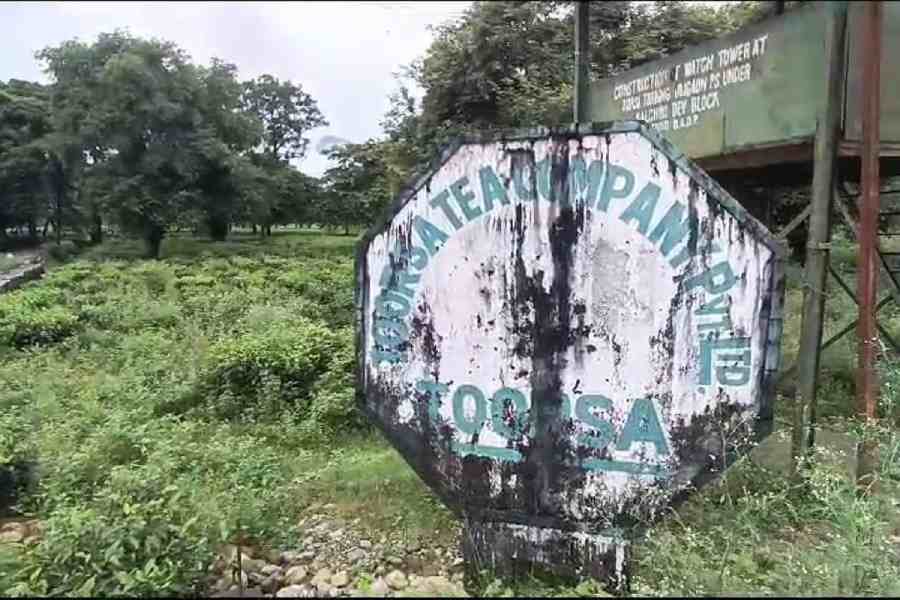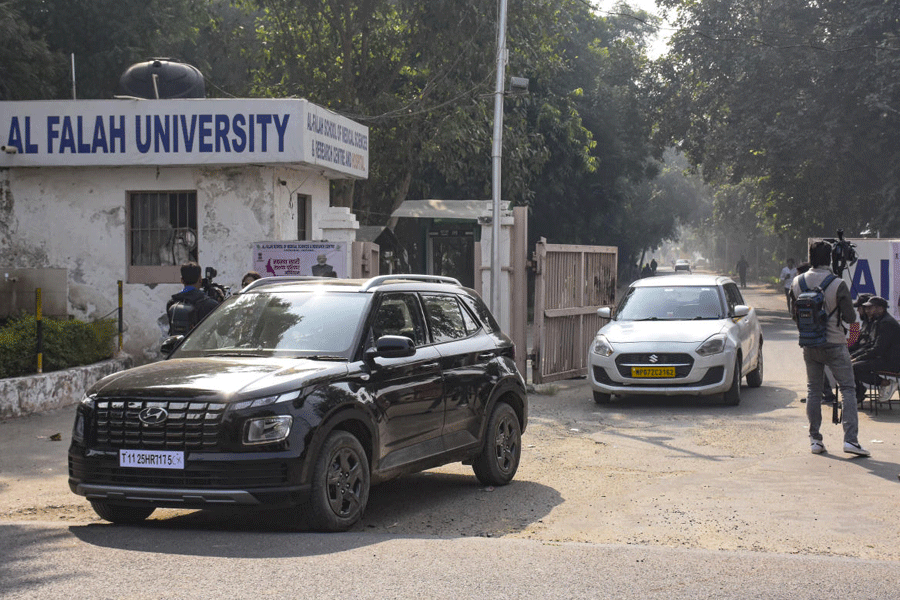In this year’s Bengal Global Business Summit, the West Bengal chief minister announced the diversion of 30% of tea estate land in the state for non-tea purposes such as “hotel business, commercial utilization and eco-tourism…”. This is an increase from the 15% diversion allowance provided in 2019. It is believed that this will help tea gardens generate additional revenue and employment at a time when the sector is undergoing a downcycle as supply outstrips demand. But in an article in Down to Earth, Raju Bista, the member of Parliament from Darjeeling and national spokesperson of the Bharatiya Janata Party, has argued that Bengal has been struggling with a fiscal and revenue deficit, resulting from faulty economic policies and priorities, leading to the government selling off public land to private companies as the last resort. This diversion, he added, threatens the indigenous communities of Darjeeling, the Terai and the Dooars.
North Bengal’s tea estates are in a precarious state. Post-globalisation, the New Economic Policy was adopted by the Government of India which gradually reduced tariff barriers and initiated the withdrawal of restrictions on import quantity. Consequently, a huge quantum of tea penetrated the Indian market from Sri Lanka, Bangladesh, Indonesia, and Kenya. This is because the cost of production in these countries is lower than that in the traditional tea estates where they are bound to provide facilities to the labourers as per the Plantation Labour Act 1951 and other labour laws. Since the 2000s, the sale prices have failed to cover the production cost leading to non-compliance with labour-welfare mandates, lockouts and abandonment of tea estates, creating a huge socio-economic crisis among tea-plantation labourers. Improving the economic condition of tea estates demands a thorough revision of trade policies, focused research on improving the quality of tea, investments in machinery and methods, mitigation of the effects of climate change, improvement in markets, and revolutionising labour wages, welfare facilities, and the quality of life. Diverting land will deprive labourers of their rights, giving rise to non-cooperation and causing bigger financial losses to the tea estates.
According to the PLA 1951, tea estates are supposed to abide by statutory welfare measures (housing, education, medicine, drinking water, canteen, crèche and recreation) as well as non-statutory ones (subsidised food grain, fuel, umbrella, slippers, tarpaulin and blanket). In a bid to stay in competition after the free trade agreement, tea planters adopted cost-minimisation strategies. Labour welfare facilities eroded drastically and irregular wages and non-payment/reduction of bonuses/gratuity crept in. The non-implementation of any provision under PLA 1951 attracts a maximum penalty of Rs 500; a second prosecution could cost Rs 1000. This makes the welfare provision of the Act redundant. During the British reign, tea-estate labourers functioned in a system almost resembling slavery. The workers had to agree to serve on the plantation for a specified period and were free to return home after that. However, the long distance from their places of origin and the lack of savings to fund their return journey due to low wages prevented them from doing so. Although there was marginal improvement in the lives of the labourers post-Independence, all efforts went downhill after globalisation. There has also been a massive increase in the percentage of temporary labourers in the tea estates who do not come under the purview of PLA 1951. This had already pushed the social and economic well-being of tea labourers to the nadir; the new policy, which will divert their rights for business, will deliver another blow.
A non-partisan union of tea garden workers, the Paschim Banga Cha Majoor Samiti, has opposed and demanded the withdrawal of the aforementioned policy believing it will harm the interests of the indigenous tea garden workers by dispossessing and displacing them from their ancestral land. The union has urged all workers, trade unions, civil society organisations and concerned citizens to unite to demand justice for tea workers. Saman Pathak (a Left leader and president of the Darjeeling District Chia Kaman Mazdoor Union) and Anit Thapa (the leader of the Bharatiya Gorkha Prajatantrik Morcha and chief executive of the Gorkhaland Territorial Administration) have raised doubts over providing five-decimal homestead pattas to the permanent labourers and described it as a gamble for diverting land to capitalists and traders. Trade unions under the aegis of the Joint Forum asked tea garden workers to not pluck the first flush tea leaf — it fetches a premium price — to put pressure on the West Bengal government to withdraw the land diversion policy.
The tea estates also form the sea in which the forest fragments of North Bengal lie as islands. Vast stretches of natural vegetation were felled by the British to make way for the tea industry. These tea estates have not only harboured wildlife but also acted as a safe passage for many species. In the Dooars, 57% of the habitat used by elephants has been found to be outside protected areas; tea estates form a huge part of it. Leopard density has been found to be around 11 individuals per 100 sqkm in the tea estates as opposed to around 4 individuals per 100 sqkm in the forested areas. In the Darjeeling hills, vast stretches of tea estate land are not used to grow tea but are covered with community forests. Despite these community forests being semi-degraded, they hold many native flora and fauna and support the labourers with non-timber forest products. The tea estates in the plains have a high density of shade trees comprising around 15-20 species, which, despite being non-native, have integrated into the very fabric of the tea scape for both people and wildlife. Concrete structures in place of tea bushes/community forests/ fallow areas will lead to biodiversity loss, create barriers hindering the connectivity of wildlife, and adversely impact indigenous people who depend on those resources.
Popularly known as the 3 Ts, tea, timber and tourism have been the backbone of the economy for the Dooars, the Terai and the Darjeeling hills. Post the Wildlife (Protection) Act, 1972 and the Forest (Conservation) Act 1980, timber has become a thing of the past, even though fuel wood continues to support local communities. But the tourism industry has flourished, with new properties mushrooming often within the five-kilometre buffer of protected areas. Tourism has inflicted heavy losses on North Bengal; most locals won’t hesitate to say that it is unsustainable. The tea industry needs immediate reforms. But can tourism or commercialisation be the answer?
Priyanka Das is a conservation scientist and is currently working as a consultant for World Wildlife Fund-India's Darjeeling office










